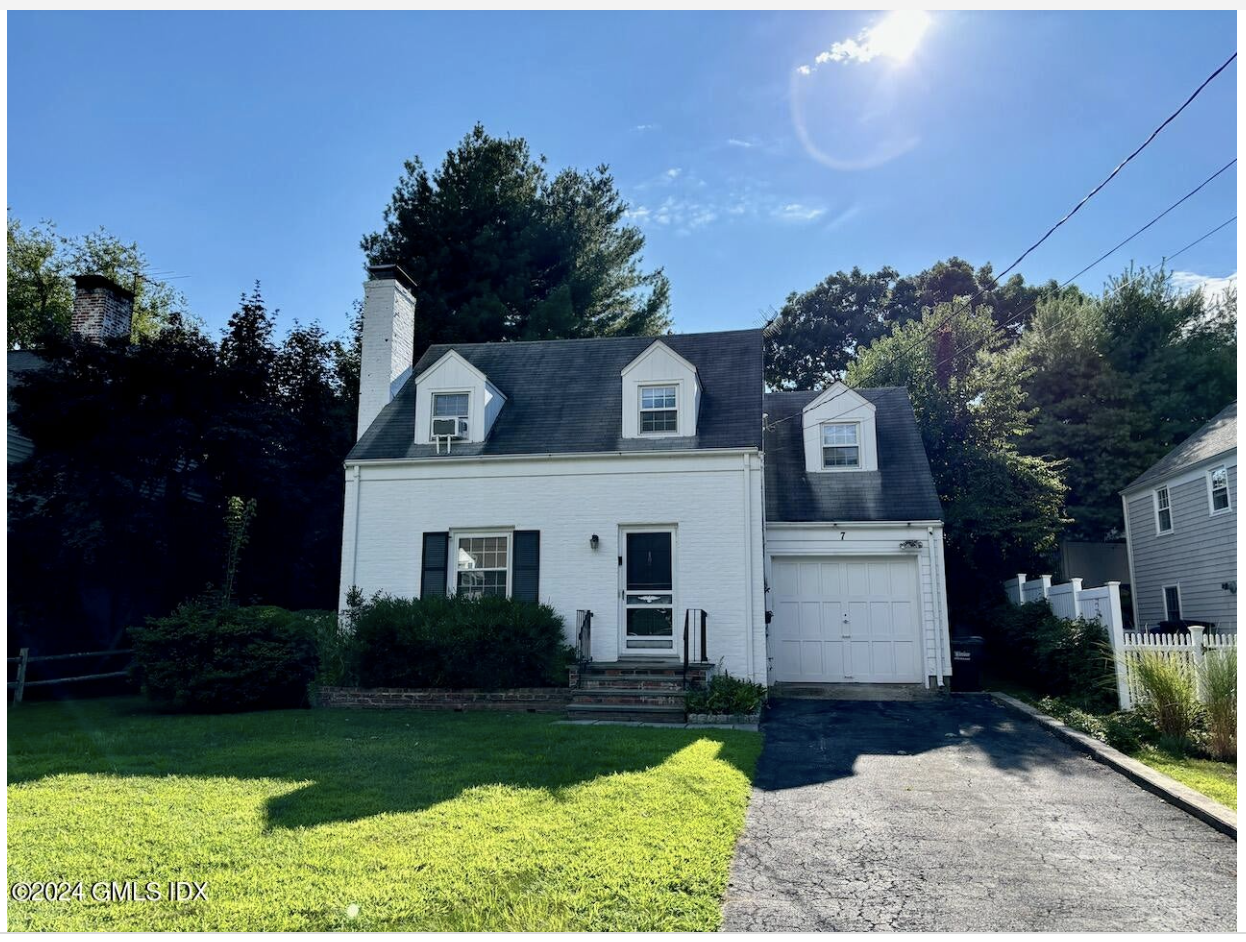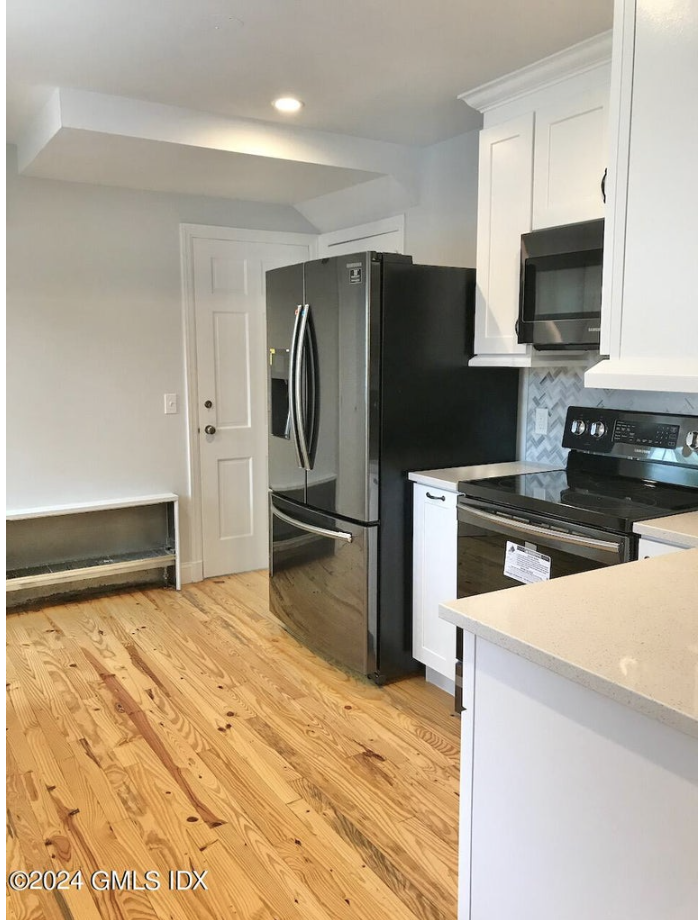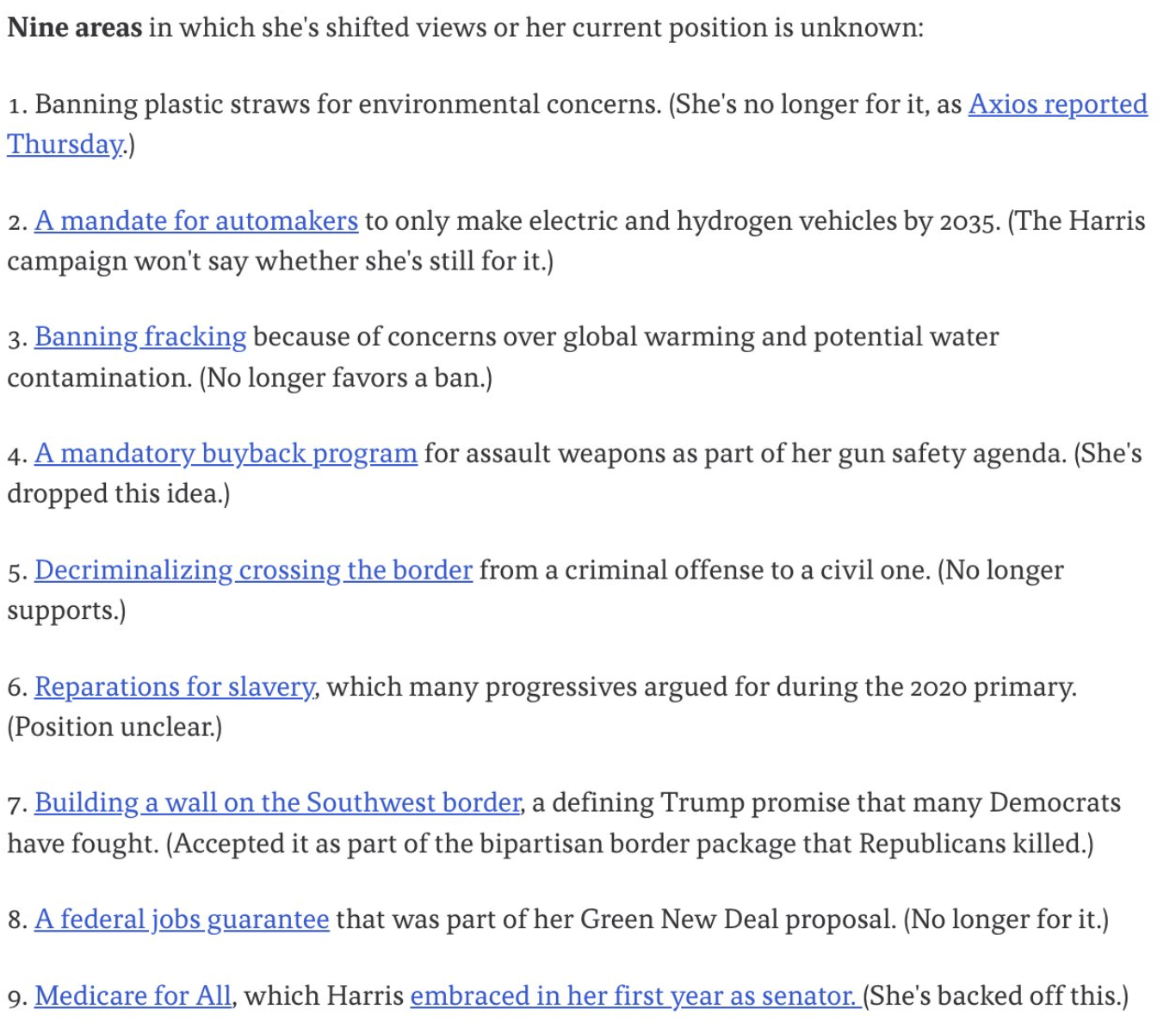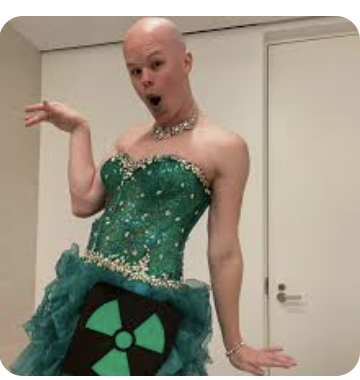Once again, a do-nothing, feelze good regulation has been imposed on Greenwich residents “because it sends a message”. Just another useless, burdensome regulation piled on homeowners and businesses to make a handful of hysterics happy. Now that homeowners can no longer uplight their specimen plantings, are the hummingbirds really safer? Have the seas stopped rising, will the glaciers return?
Who’s running this town?
The Town of Greenwich Sustainability Committee in partnership with the Department of Planning & Zoning, the Conservation Commission, Lights Out CT, Greenwich Audubon and the CT chapter of Dark Sky, invite you to an introduction to the new lighting regulations.
There will be a discussion of how the Town of Greenwich is demonstrating its commitment to environmental stewardship and community well-being by adopting groundbreaking regulations for outdoor nighttime lighting on Wednesday, Sept 18, 2024, 10:00-11:00am at the Town Hall Meeting Room 101 Field Point Rd, Greenwich and via Zoom.
The new rules, which went into effect on March 27, minimize light pollution while promoting energy efficiency and biodiversity, setting an example for other towns across Connecticut.
The regulations, approved by the Greenwich Planning & Zoning on March 19, 2024, introduce guidelines for outdoor lighting fixtures and bulbs, including shielding rules, brightness levels, use of timers, and color temperature requirements for a range of different buildings and zones. The measures are aimed at restoring the natural beauty of the night sky in ways that enhance public safety and reduce energy consumption.
Greenwich now holds the distinction of being Connecticut’s first “Lights Out Community,” with comprehensive lighting rules that limit light pollution at commercial, residential & town-owned properties.
Patrick LaRow, Director of Greenwich’s Planning & Zoning Department, helped draft the new regulations.
“This was an objective of the Town’s 10-year plan, the 2019 Plan of Conservation and Development. This regulation helps Greenwich address emerging issues with the advancement in lighting technologies, and solidifies our reputation as a sustainable, sought after, model community,” LaRow said.
According to light pollution measures, nights in Connecticut are losing their charm as nighttime lighting intensifies at a staggering rate.
Scientists estimate that artificial nighttime lighting in North America is increasing 10% each year. This rise not only dims our view of the stars but can also disrupt ecosystems, astronomical research, and public health. Inexpensive LED lights, which have flooded the market since the 2010s, are partly to blame for the increase.
[These same people are the ones who mandated the use of LED lights last decade – just sayin’. Ed]
Environmental advocate and local resident Myra Klockenbrink, of the Greenwich Sustainability Committee and Lights Out Greenwich, hailed the new regulations as a significant step forward in preserving the town’s nocturnal environment.
“Excessive outdoor lighting not only disrupts wildlife and ecosystems but also obscures our view of the stars, even though darkness is a natural resource, like our forests, waterways and Long Island Sound, and can be preserved if we each take a few simple measures,” Klockenbrink said. “I applaud Greenwich for taking this proactive step to mitigate light pollution and to prioritize the health of our planet.”
Greenwich is one of only a handful of towns in Connecticut with a Sustainability and Climate Resiliency Plan, showing its commitment to conserving energy and reducing the carbon footprint in buildings in Greenwich. The new lighting regulations fit that plan.
Greenwich Audubon Center Director Rochelle Thomas praised the new regulations for their balanced approach to ensuring wildlife safety: “Every fall, millions of birds migrate south through Fairfield County, most of them travel at night. Unfortunately, artificial lights and sky glow can confuse them and lead to deadly building collisions. Minimizing our lighting can protect nocturnal birds, like owls, that hunt at night and help migratory birds on their journeys.”
How? Details, please; specifics. Proponents of these regulations can’t explain how dimming the lights in little Greenwich, a mere speck on the Eastern Seaboard, will have any beneficial effect on birds (who will just be chopped to pieces by these groups’ windmills anyway) or improve stargazing, but they can wave their arms about and chant “OM”, and isn’t that just as good?
Besides, there’s a bigger goal here: “There’s no reason we can’t emulate our ally North Korea”, Myrna Klockenbrink told FWIW, “whose dear leader has shown the path forward for all of us, and made his country safe for birds while still preserving his people’s living standards at the same level as when they threw off the yoke of Imperialism in 1949. The birds love migrating through the People’s Republic, or they will, once the peasants who’ve been eating them are removed. We don’t anticipate that problem here in Greenwich, because we’ll always have Whole Foods to supply our needs.”















